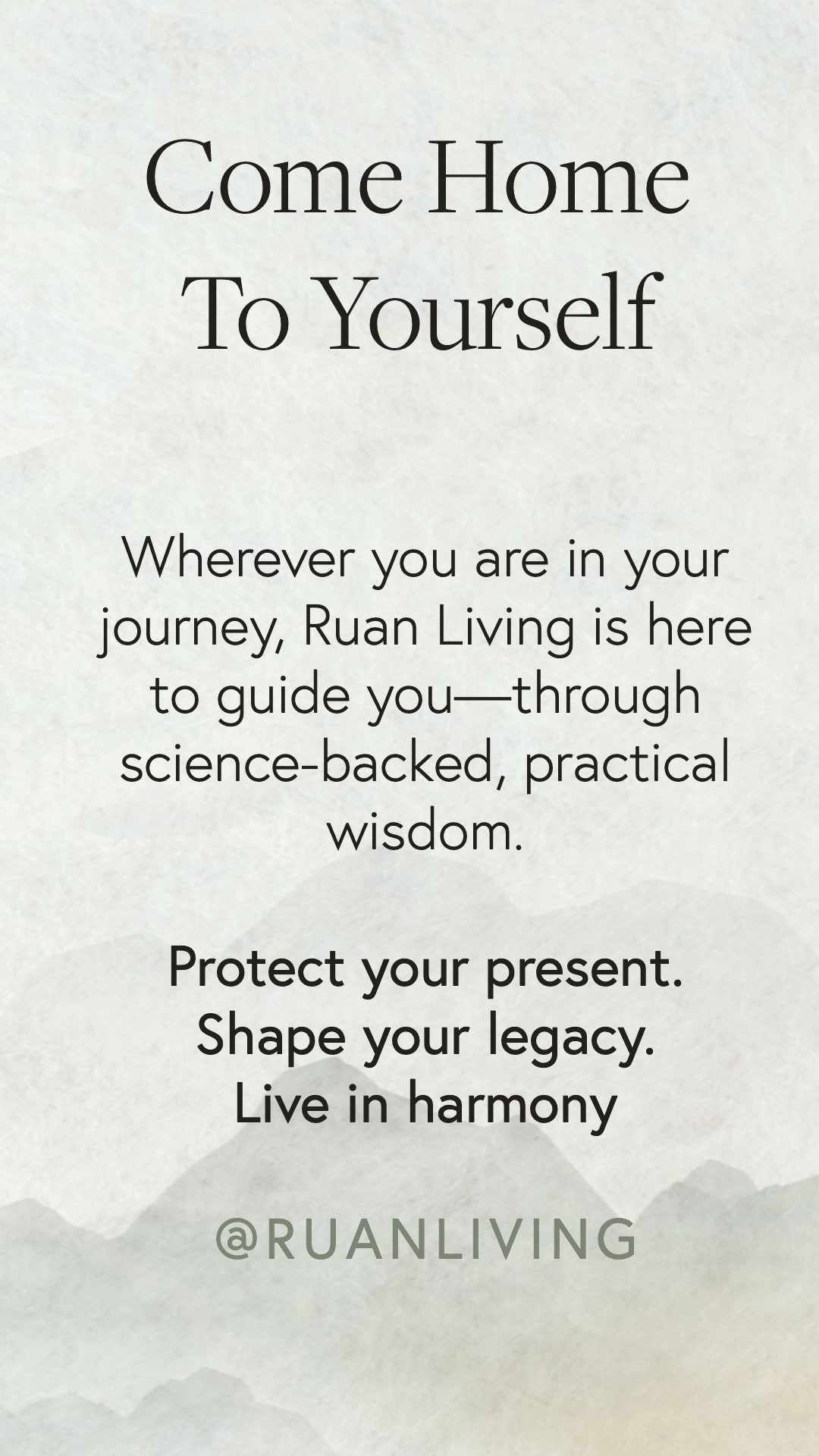
Optimize your IVF success rate with reducing your toxic exposures
Feb 19, 2020Are you interested in in vitro fertilization (IVF), and how to optimize your IVF outcome?
If so, this article will highlight key steps of IVF treatment, provide important statistics (including IVF success rates by patient age and number of implanted embryos), and suggest four basic lifestyle changes you should make to help reduce toxic exposures that can interfere with a healthy IVF and pregnancy outcome.
How the IVF Treatment Works
IVF uses a combination of medicines and surgical procedures to help sperm fertilize an egg, which then help the fertilized egg implant into a woman's uterus.
One cycle of the IVF treatment (from the initial consultation to embryo transfer) usually takes 6-8 weeks.
Since IVF is challenging (physically, emotionally, mentally, and financially), the first big step is preparation.
You will likely have multiple consultations (including an important financial consultation), and then undergo extensive pre-IVF testing (a blood panel, ultrasounds, and infectious disease screening, etc.).
Next, you will begin taking medication to make several of your eggs mature and prepare for fertilization.
A doctor will then take these eggs out of your body and mix them with sperm in a lab.
You and your doctor will then decide if one or more of the fertilized eggs (embryos) will be inserted directly into your uterus.
If any of the embryos manage to implant into the lining of your uterus, you will become pregnant.
Who IVF Treatment Can Help
The IVF treatment can be particularly helpful if you are dealing with:
- Blocked tubes
- A low ovarian reserve
- Male infertility
- Unexplained infertility
- Polycystic ovary syndrome
- Endometriosis
- Premature ovarian failure
However, there is no guarantee of success. Since the procedure can be both time-consuming and very costly, it is important to assess your chances of getting pregnant by looking at the success rate statistics.
IVF Success Rates By Age & Number of Embryos
Age
The older you are, the more difficult it can be to get pregnant through IVF. According to the Centers for Disease Control and Prevention (CDC), the success rates of IVF in women under 35 years of age are significantly higher than those of women over 35.
If a woman under 35 years of age has never conceived and undergoes the IVF procedure, she is likely to conceive in 32% of cases. However, according to the CDC, there is a 20% chance of success (and 14% chance of live birth) if you are 40 years old; and your chances decrease with age. If you are 41, the chances are 15% and 10% respectively; if you are 42, they decrease to 12% and 7%.
Number of embryos
Using more embryos doesn’t necessarily increase your chances of conception.
Among patients younger than 35 years of age, undergoing in vitro fertilization with a favorable prognosis, the highest chance of good perinatal (the period immediately before and after birth) outcome is associated with a single embryo transfer.
Other studies
A recent study examined the data from 56,652 women starting IVF treatment for the first time. These women underwent 120,930 IVF cycles between 2009 and 2014.
The study showed that 33% of women had a baby as a result of their first cycle, and 54-77% got pregnant by the eighth cycle.
Women who started IVF before they turned 35 had the highest success rates, regardless of the number of embryos.
Women between ages 40-44 had an 11% chance of live birth in their first cycle and a cumulative live-birth rate of 21-34% after six cycles.
Helpful resources
The CDC offers an IVF success rate calculator that you can use to determine your chances of getting pregnant through IVF.
What You Should Consider Before Getting IVF Treatment
A slightly higher chance of ectopic pregnancy
Approximately 1.5-2.1% of IVF patients experience an ectopic pregnancy, in which the embryo grows outside of your uterus. This can cause internal bleeding and infection, and, in some cases, lead to death.
Premature birth risks
Getting pregnant is only one half of the IVF battle. The risk of premature birth in the case of using IVF has been shown to be significantly higher than in spontaneous conception.
Emotional/psychological toll
The procedure can take a significant emotional toll on everyone involved, especially if you don’t get pregnant within your first few cycles.
Expenses
A typical IVF cycle costs $12,000. This does not include the cost of medication, which can range from $1,500 to $3,000.
Some insurance plans cover IVF costs, but it is not very common.
Some clinics offer refund programs where the clinic refunds part of the money if the patient does not become pregnant within the first three or four cycles.
Ethical issues
There are some ethical issues surrounding IVF treatment, as some people object to the artificial creation of life, as well as worry about the storage and fate of surplus embryos. Ultimately, the decision of whether to go through with IVF is very personal.
Reducing your toxic exposures can optimize your chances for a successful outcome
With all this emotional, physical, and financial investment, consider optimizing your environmental and lifestyle factors to support the best IVF outcome possible.
Often overlooked is the influence of an average person's toxic exposures—to chemicals, heavy metals, and even man-made electromagnetic fields—on fertility and IVF. While the science is young, the data increasingly underscores a precautionary approach towards our toxic exposures.
Studies have been indicating adverse fecundity, IVF, and pregnancy outcomes from exposures to things like endocrine disrupting chemicals, carcinogens, neurotoxicants, developmental toxicants, reproductive toxicants, and even cellular radiation. We encounter these exposures from what we buy and do.
The good news is that we have many simple opportunities to decrease our toxic exposures. Four high-impact tips are below.
- Avoid plastics. Especially those that come in contact with what you eat and drink.
- Avoid fragrance. Read product labels to avoid this risky ingredient that pervades many consumer products.
- Wash your hands before you eat. Dust is a major source of our toxic exposures. Hand washing is an effective way to reduce your toxic exposures.
- Eat organic as much as possible. Use the Environmental Working Group's Clean 15 and Dirty Dozen lists to help prioritize what to eat, and which produce to buy organic.
Final Thoughts
Making informed decisions about what goes into your body is an important part of living a nontoxic lifestyle.
To learn about creating a safe, nontoxic environment in your home, sign up for our newsletter below! It's full of helpful tips for detoxing your environment, habits, and body.
Click the link below to sign up now!
🎁 unlock your ULTIMATE HOME DETOX™ starter pack
Download the Ultimate Home Detox™ Starter Pack—your free set of practical, science-backed tools to begin reducing toxic exposures in your everyday life.
- Nontoxic Cleaning Guide
- Forever Chemicals Detox Starter
- EMF Detox Challenge
- Safe Cookware Starter Kit
- Kitchen Detox Checklist
- Fertility / Pregnancy / Children's Detox
Join 349,000+ people who’ve turned to Ruan Living for trusted, practical nontoxic guidance. These resources have helped thousands begin their journey toward a healthier home—and they’re yours, free.
GET YOUR ULTIMATE HOME DETOX™ STARTER PACK NOWWe hate SPAM. We will never sell your information, for any reason.



